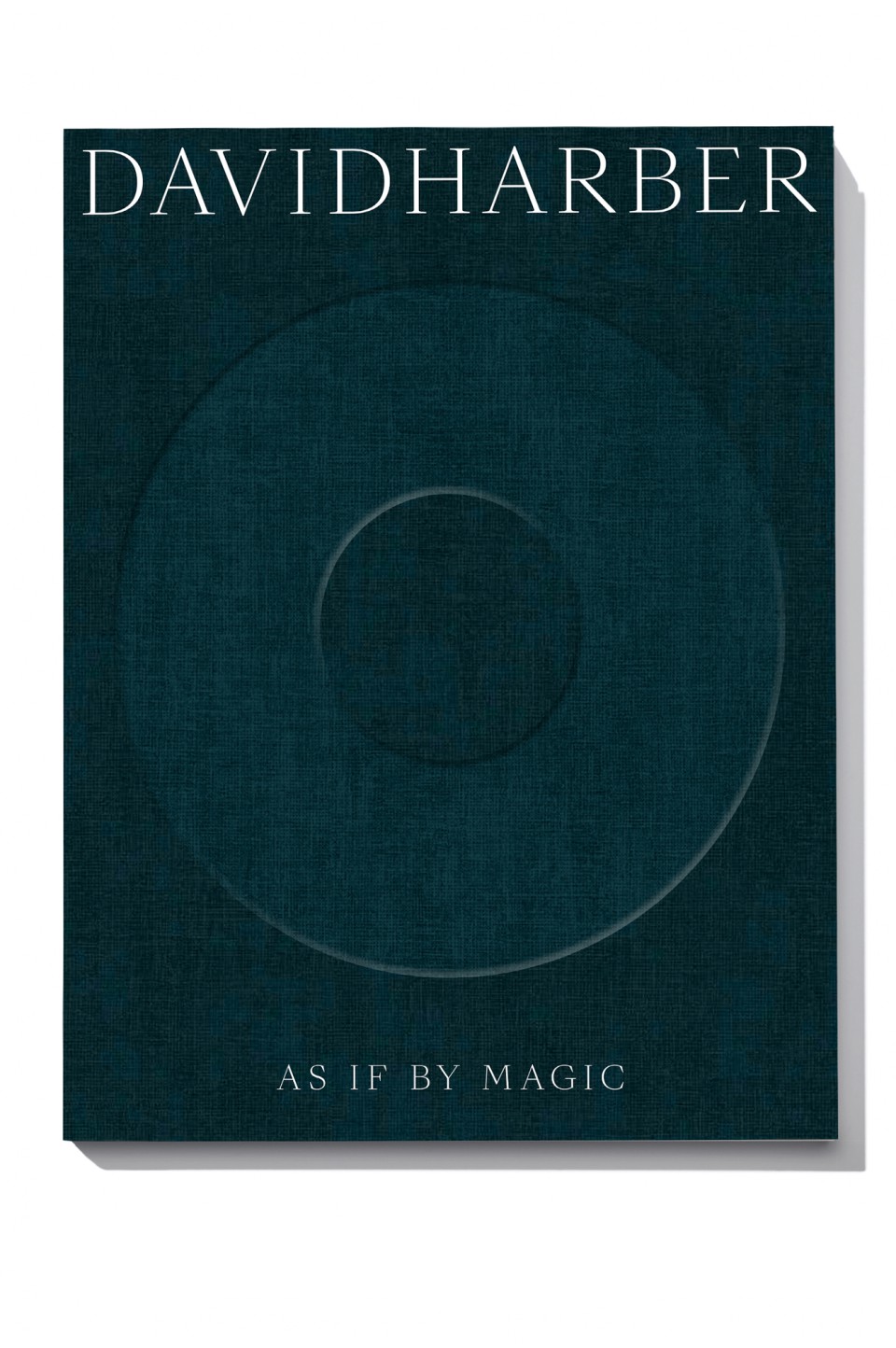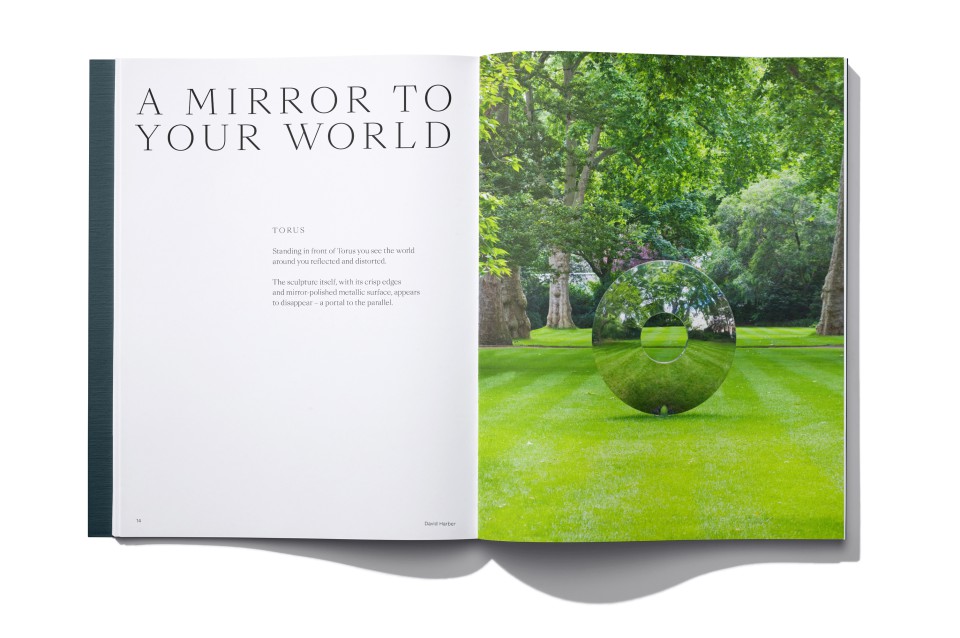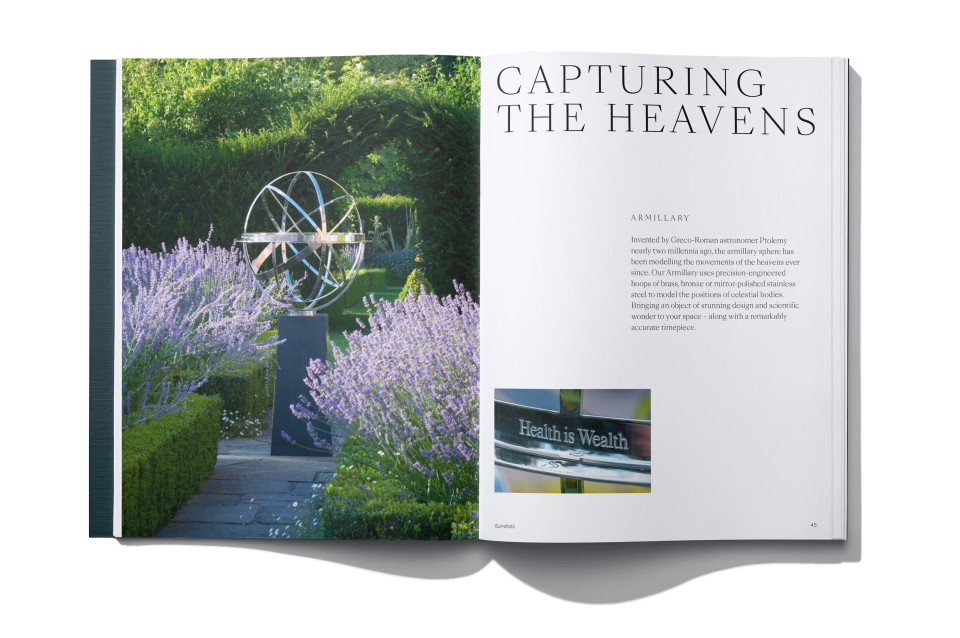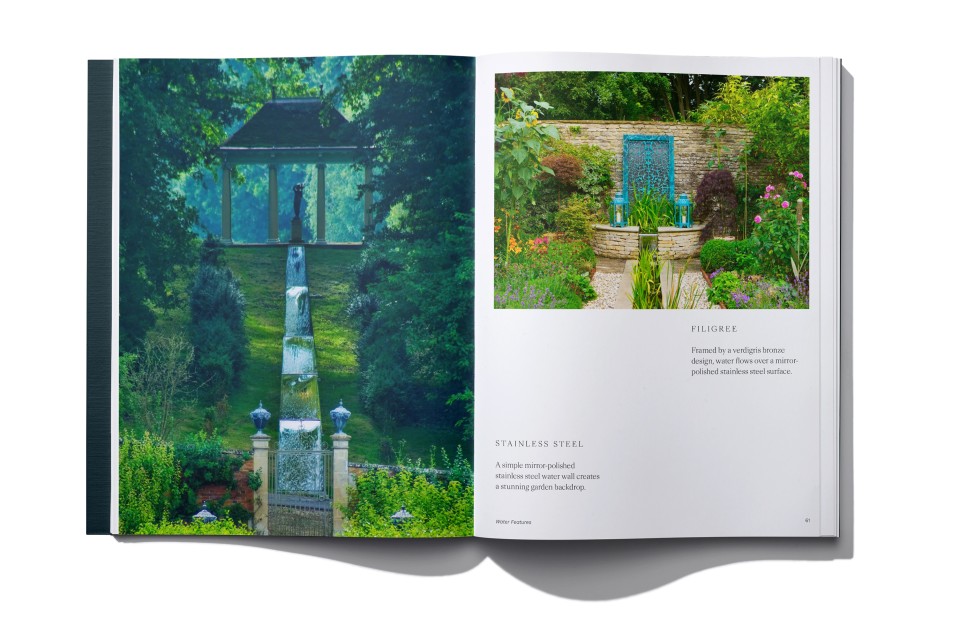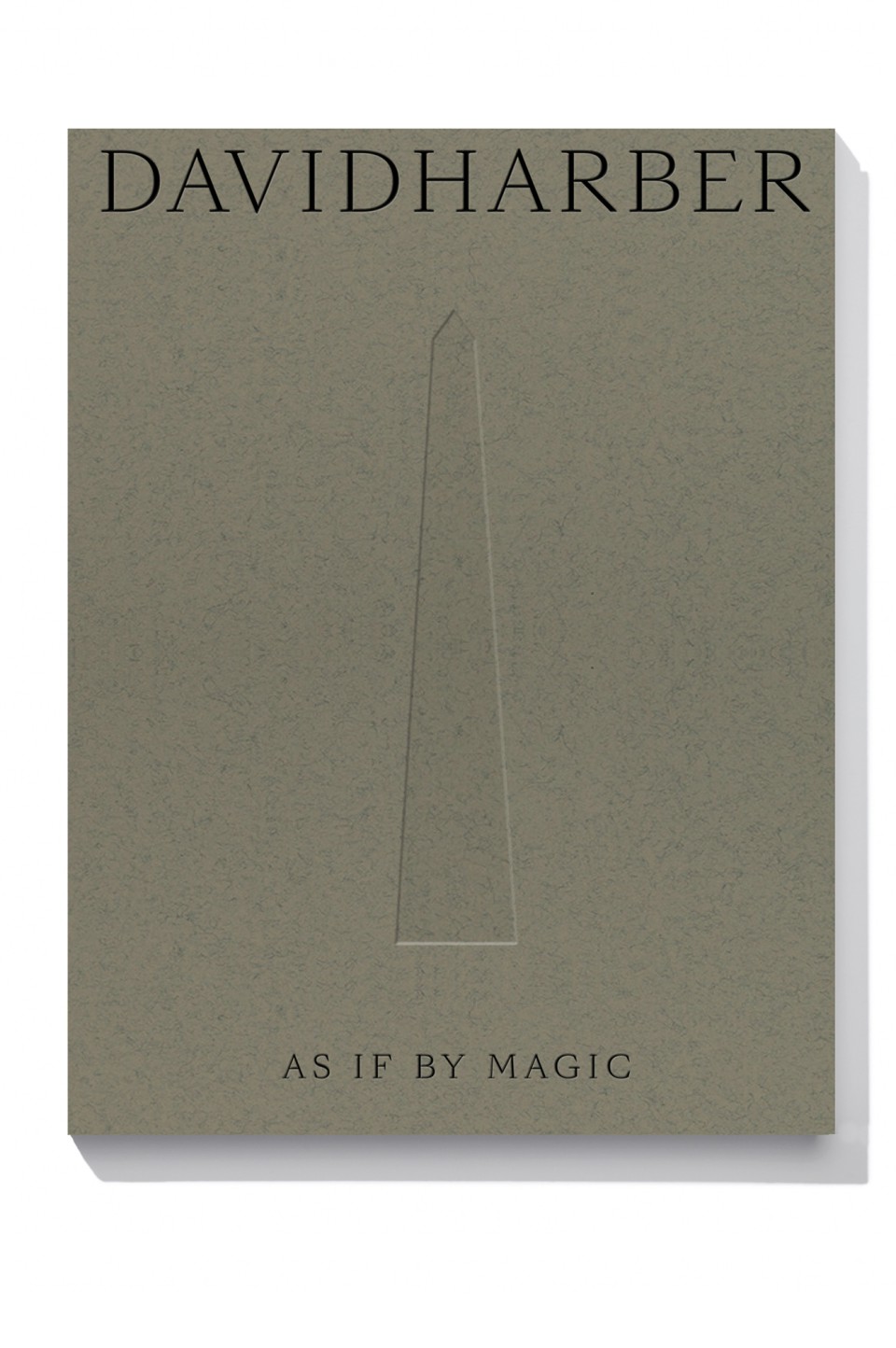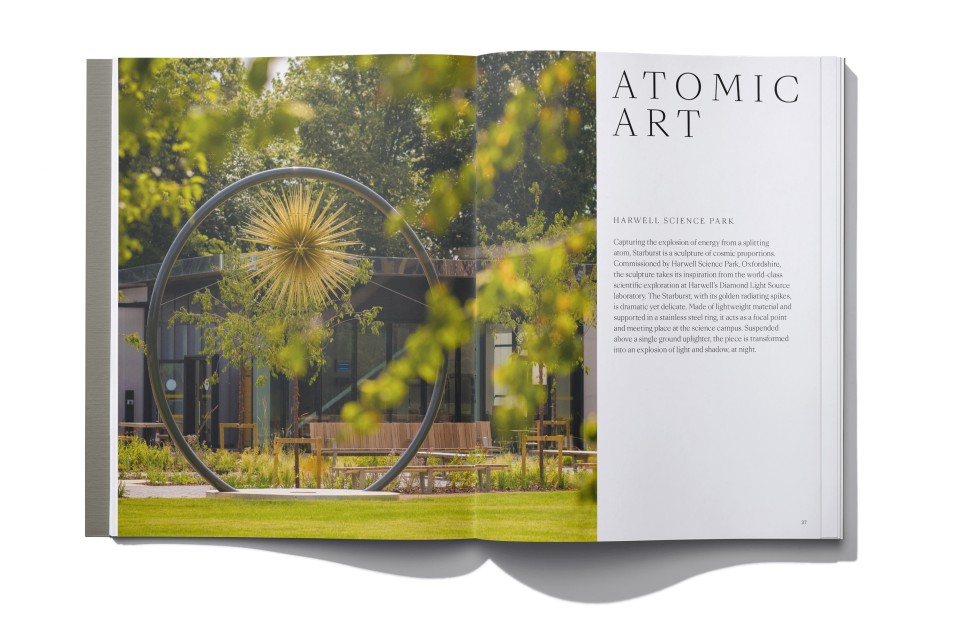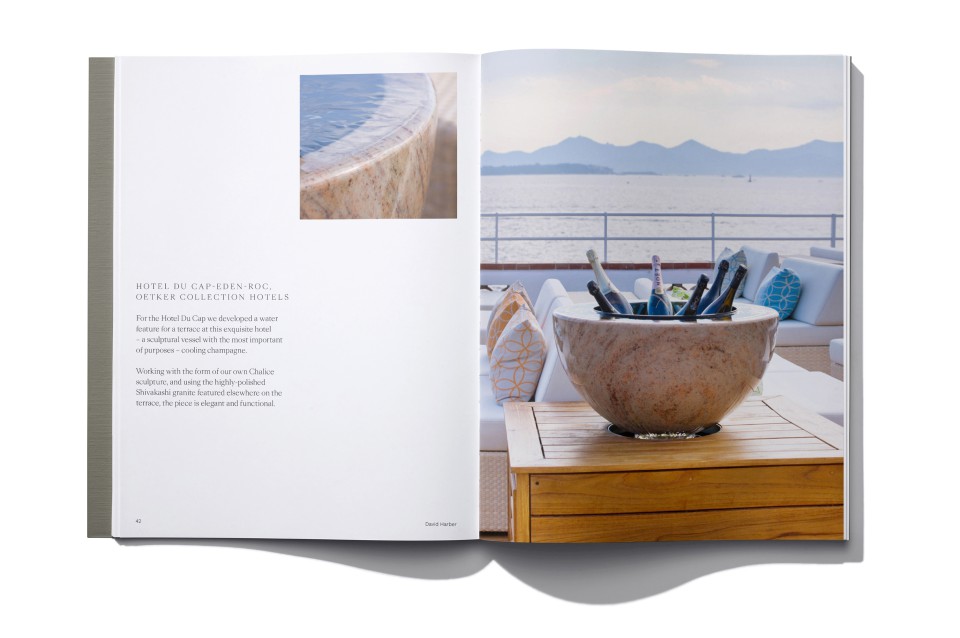The Art Of Ancient Timekeeping: How To Set A Sundial
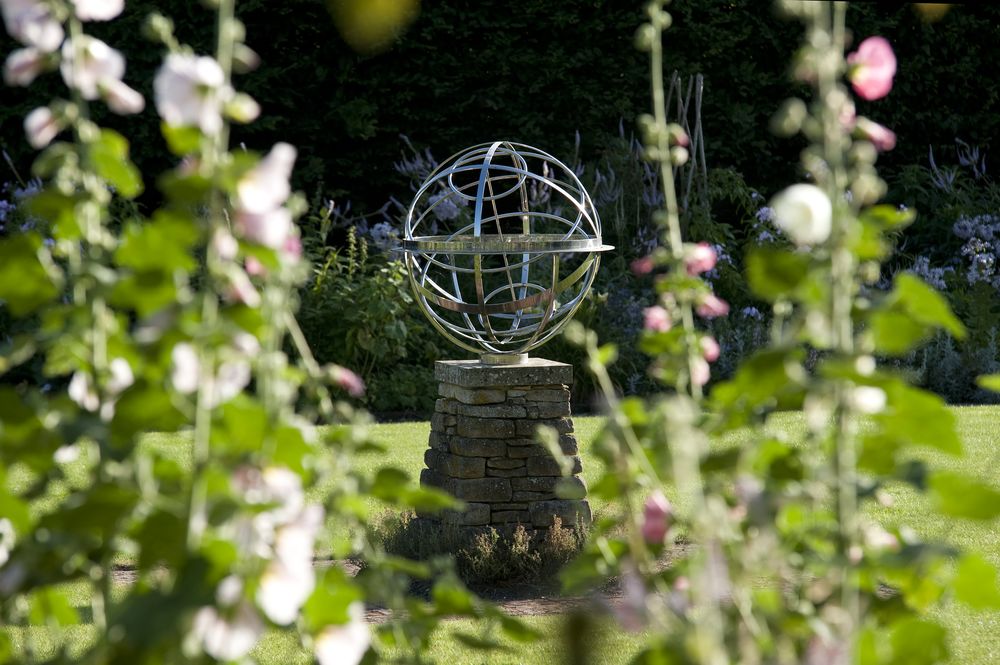
In its simplest form, a sundial consists of a flat surface, known as the dial plate, marked with hour lines and a raised arm or stick called the gnomon, which casts a shadow across the dial as the sun moves across the sky.
They are one of the earliest and most enduring timekeeping tools, and for millennia, these scientific instruments have allowed mathematicians, philosophers, scientists and astronomers to engage with the heavens.
To learn more about the history of sundials, read The History of Sundials: How Shadow Clocks Mark the Passage of Time.
David Harber’s first artwork was a sundial, an Armillary Sphere, and as the business has grown, so too has our portfolio of sundial designs. Each measures time in its unique way.
How do sundials work?
The placement and angle of the gnomon are calculated using longitude and latitude to align with the Earth’s axis, allowing the sundial to track solar time accurately throughout the year for its exact location.
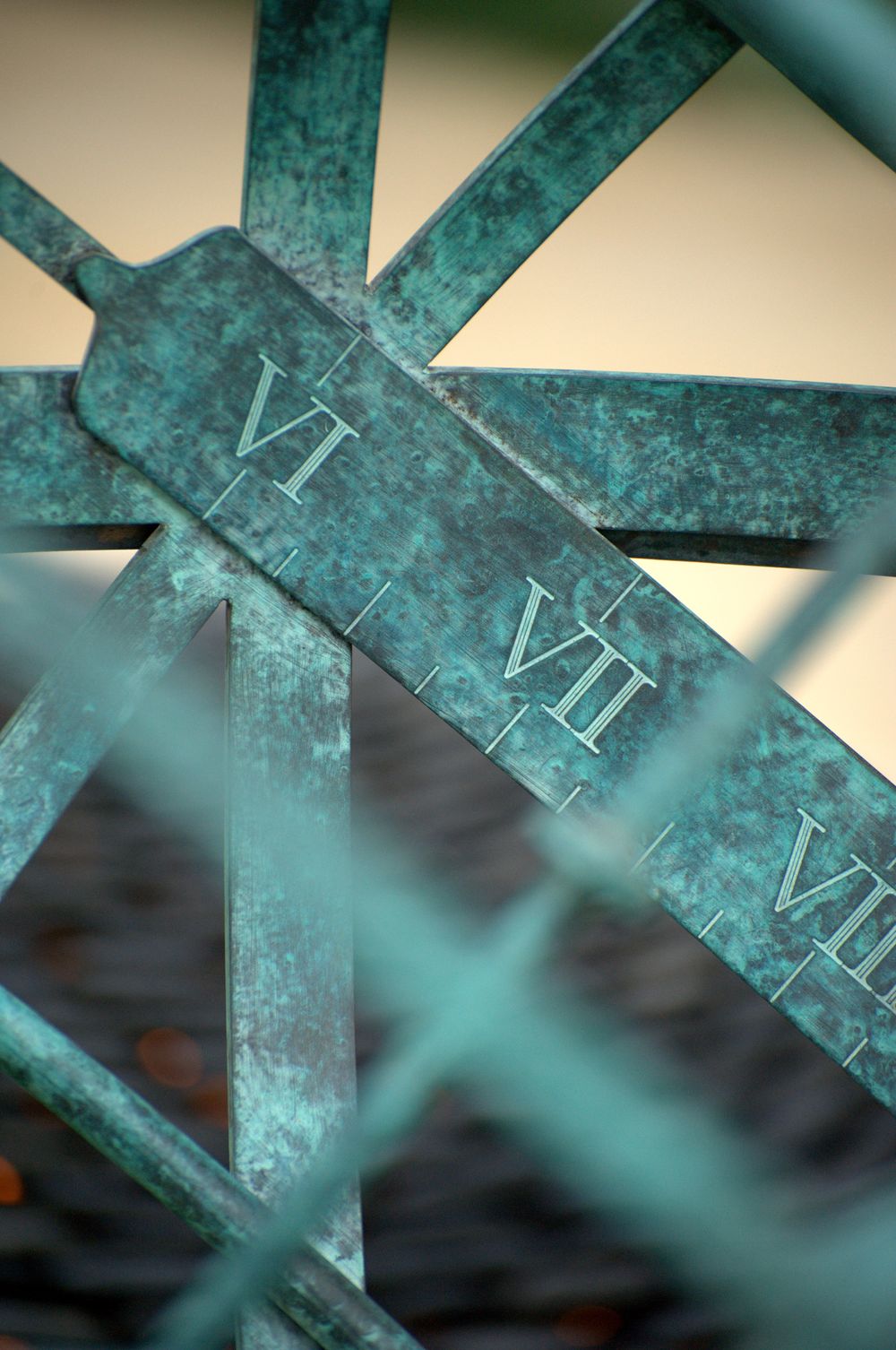
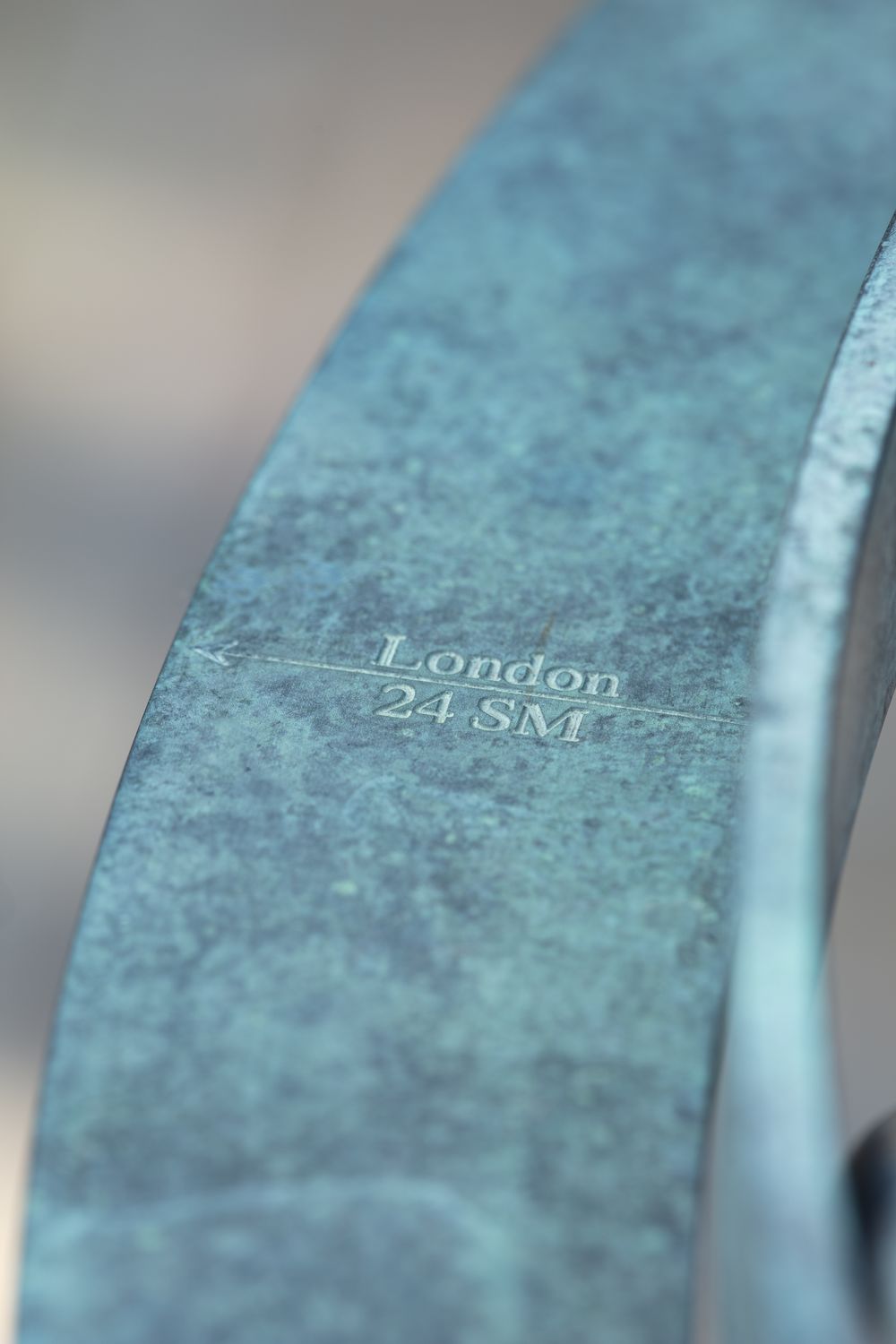
The accuracy of sundials: The Equation of Time
Sundials do not tell Mean Time (clock time) but Local Apparent Time. Each degree of longitude west of the Greenwich meridian, the sun is 4 minutes slow, and for each degree east, it’s 4 minutes fast. The hour band on the dial of every piece is calibrated to your specific time zone to allow for this. However, this is only true in the Northern Hemisphere; it flips in the Southern Hemisphere.
To convert the Local Apparent Time, indicated by the shadow cast on the dial, to your chosen time zone, find the relevant month of the year on the horizontal axis on the graph below. Then add or subtract the number of minutes indicated on the graph from the time shown on the dial – sundial time – to find the mean time. At the end of January, for example, you would need to subtract 13 minutes from the time indicated on the dial.
How to set a sundial
Setting a sundial varies depending on the type of sundial you have. All sundials will only give you an accurate time if the location for the sundial is exact, and this is measured in latitude and longitude.
Vertical sundial
Vertical or horizontal sundials have hour lines etched on a flat surface, and the gnomon casts its shadow across these lines depending on the position of the sun. To set a vertical dial, a declination reading will need to be taken to understand the angle of the wall to the direction of south. Our vertical dials are bespoke and site-specific, so the readings are as accurate as possible.
Armillary spheres
To set an armillary sphere, you need a sunny day and a magnetic compass to orient the sundial to face due south in the Northern Hemisphere and due north in the Southern Hemisphere. This allows the dial to track the sun throughout the day correctly. If your Armillary Sphere has been custom-made for you, as all David Harber sundials are, all the hard work of ensuring your armillary sundial will tell local time as accurately as possible has already been done for you.
Do these directions for setting a sundial apply to all time zones?
Sundials are set to the exact longitude and latitude of the location for the sundial, so each setting is unique, and sundials can be calculated for any time zone. In the US, the settings will be calculated using the most appropriate time zone according to your location. In the Southern Hemisphere, the settings are the same but flipped, and sundials are read by looking north to south.
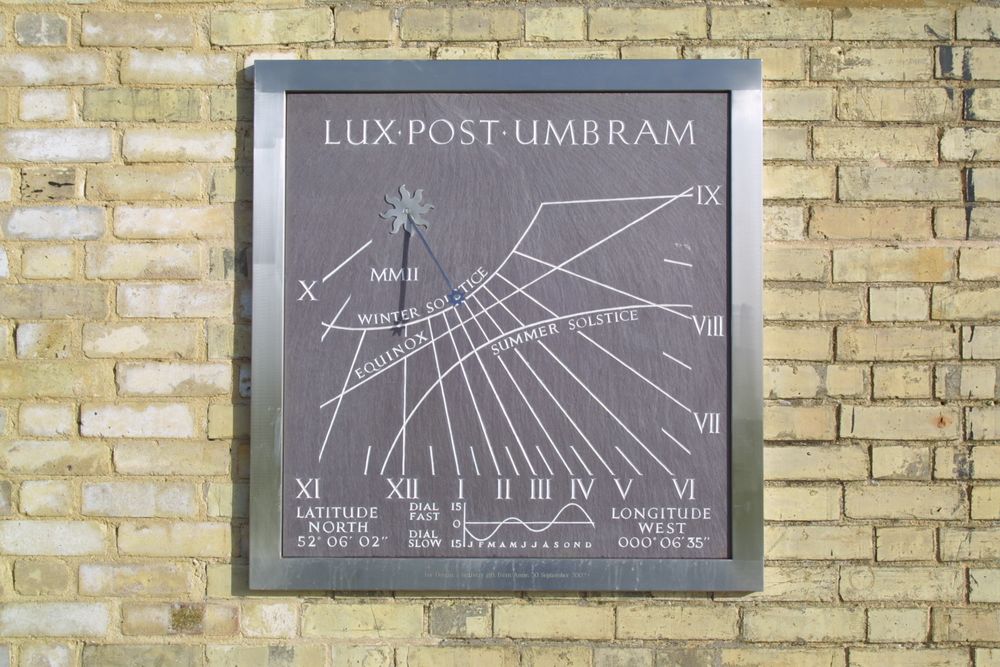
What is the best location to install a sundial?
It’s all in the name. To accurately read a sundial, you should place it in a sunny location. If you’re installing a vertical sundial and you live in the Northern Hemisphere, this should be on a south-facing wall to maximize the hours of daylight available. Armillary Spheres are often installed on a plinth to allow for maximum daylight during the winter months.
How do you adjust a sundial for accurate timekeeping?
Sundials are not as accurate as modern clocks; time ranges can be as far as 16 minutes from the exact time. Clock and solar time are perfectly aligned just four times a year. David Harber sundials are as precise as a sundial can be because we customize every design to your location. This means you do not need to adjust your sundial during the year, but you will need to account for daylight saving.
How do you adjust a sundial for daylight saving time?
If a dial is based on a time zone outside daylight saving time, you will need to add one hour for summertime. If your dial is already set to daylight saving time, you will need to subtract one hour in the winter.
The magic of the David Harber workshop
Ensuring a sundial tells the time of day as accurately as possible involves detailed calculations, precision and an incredible eye for detail. Our experienced team at the David Harber workshop recalibrates each garden sundial throughout the production process to craft flawless, accurate timepieces.
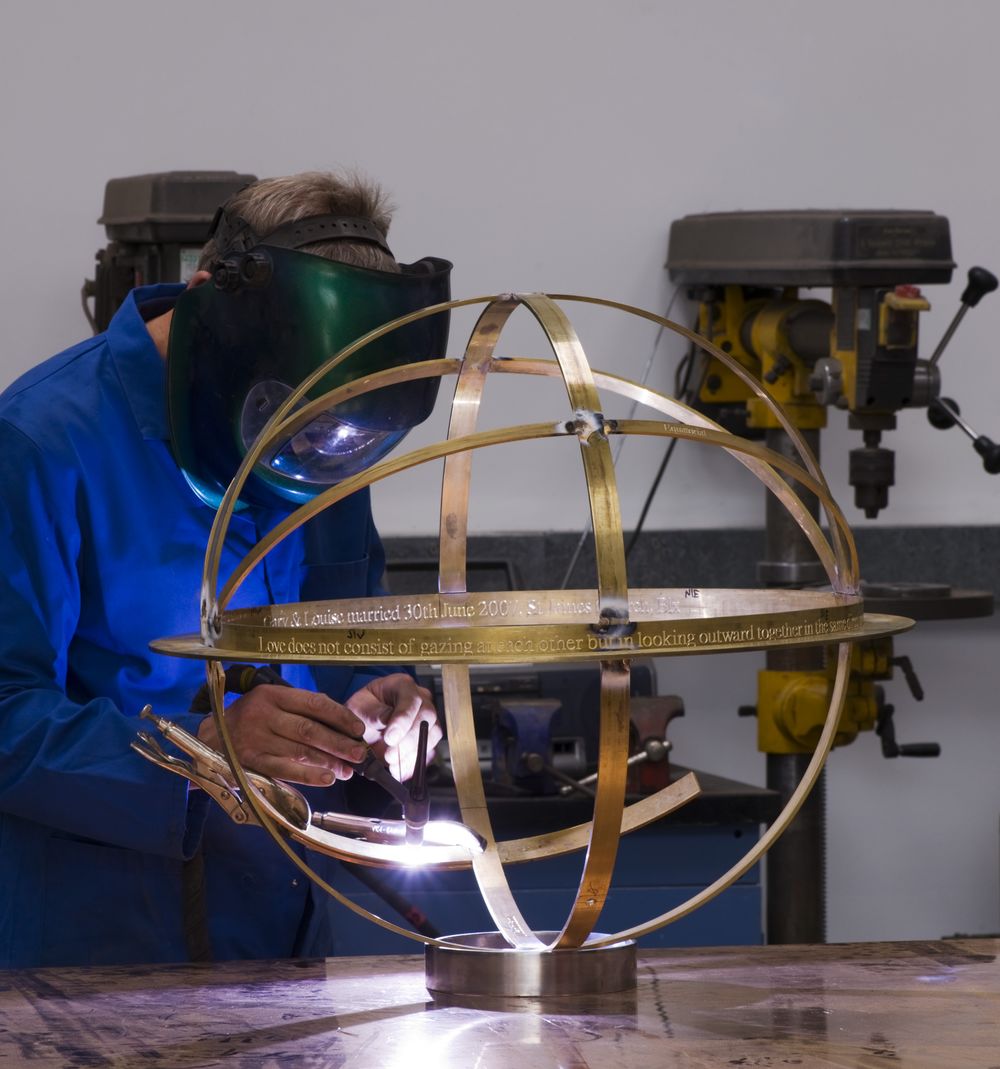
The magic of conversation
Whether you’ve decided on a piece or you just want to sound out an aspect of our work, please get in touch with our team to discuss your needs.


